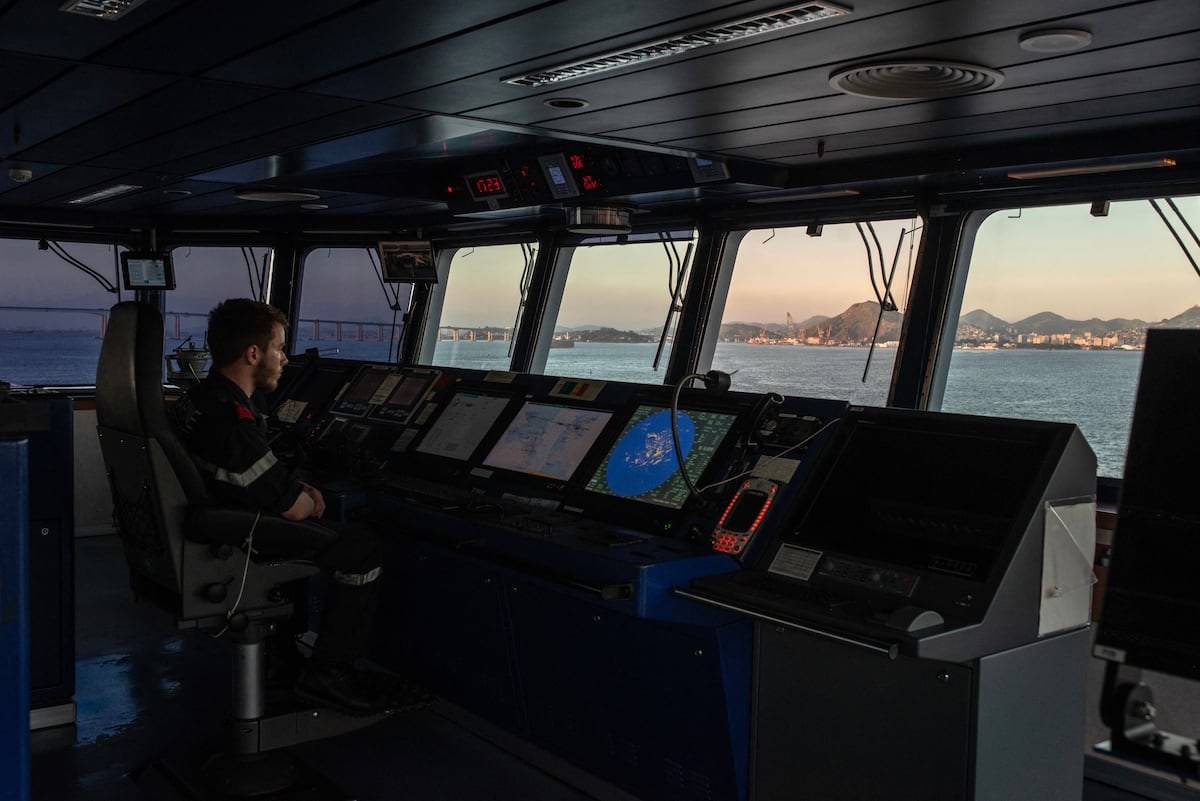Key Takeaways
- The French Navy is increasingly utilizing drones for operations, including amphibious exercises, with a focus on unmanned systems.
- Despite advancements, drones cannot yet match the power projection of traditional aircraft carrier strike groups.
- Ongoing development of AI technology is essential for enhancing naval capabilities and operational effectiveness.
The French Navy is significantly ramping up its use of drones in both aerial and underwater operations. During a recent exercise called Dragoon Fury, the Navy demonstrated the effectiveness of unmanned systems in an amphibious assault to reclaim a beach in the Bay of Hyères, located on the Mediterranean coast. Navy Chief of Staff Adm. Nicolas Vaujour reported to lawmakers that virtually the entire operation relied on drones for surveillance, offensive actions against enemy targets, and defense against hostile drones.
Utilizing the amphibious helicopter carrier Tonnerre as a platform for drones, the exercise emphasized the Navy’s commitment to integrating these technologies. However, Vaujour clarified that while drones enhance capabilities, they do not replace traditional amphibious maneuvers entirely. Troops and piloted vehicles will continue to be deployed onto beaches, indicating that drone technology is viewed as a complementary tool rather than a total substitute.
Advancements have made notable progress, including the deployment of first-person view drones and tele-operated munitions designed to neutralize attacking unmanned surface vehicles. Nonetheless, Vaujour cautioned that the capabilities of current drone forces still fall short of those provided by aircraft carrier strike groups, particularly in terms of long-range power projection.
Drones are especially effective in confined operational environments, such as the Baltic Sea, and can enhance capabilities in coastal areas. Vice Adm. Emmanuel Slaars underscored that drones are not yet equipped to handle high-seas actions or engage nuclear-powered submarines sustainably. He stated that achieving this level of drone capability is likely still a long way off.
As part of the Dragoon Fury exercise, approximately ten defense companies collaborated with the Navy aboard the Tonnerre, transforming the vessel into a real-time laboratory for testing tactical innovations. Companies like Alseamar and Delair contributed underwater gliders and various drone systems. The Navy has been pursuing autonomous underwater technologies for several years, seeing operational success with systems like Alseamar’s Seaexplorer glider, which boasts an impressive range and endurance.
Past exercises have demonstrated the utility of underwater gliders in detecting enemy vessels from a distance, using advanced artificial intelligence to analyze data and pinpoint locations. However, according to Vaujour, there are still significant limitations. Current drones and gliders are not equipped to detect nuclear submarine threats reliably.
To enhance its capabilities further, the French Navy is focusing on developing artificial intelligence systems designed to analyze operational data more effectively. An onboard data hub was tested on the frigate Provence, allowing the collection and analysis of various signals, leading to improved situational awareness. This success has encouraged the Navy to implement four data hubs on ships in deployments, including those involving the Charles de Gaulle aircraft carrier.
Vaujour shared a specific instance where AI helped identify the cause of a malfunction in the ship’s systems, showcasing the practical benefits of this technology. Furthermore, AI proved valuable in strategic decision-making during potential encounters with adversaries, aiding in the assessment of submarine threats.
Looking ahead, Vaujour emphasized the need for the Navy to build its AI expertise, integrating technology into naval training programs. The goal is to bridge the gap between maritime experts and data scientists, enabling better collaboration and improving the Navy’s overall operational capabilities.
The content above is a summary. For more details, see the source article.













